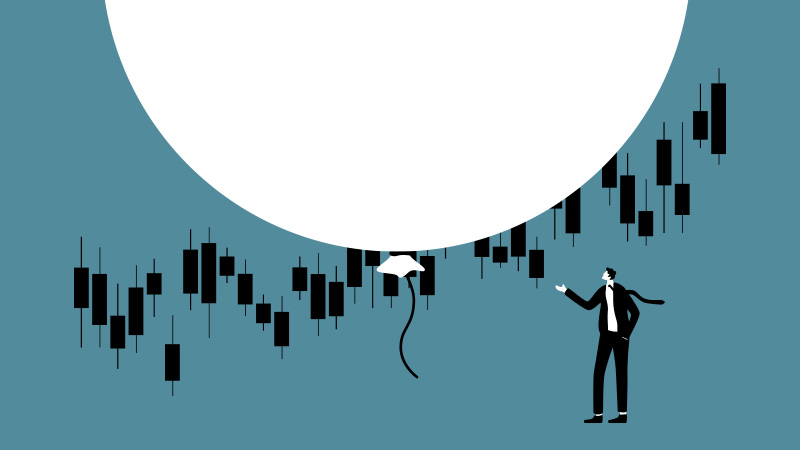
The annual rate of inflation was measured by the Consumer Prices Index (CPI) at 10.5% in 2022, which was almost twice as high as it was in 2021. The last time inflation indices were at such a high level was in 1981 due to recession according to the CPI calculator, the Office for National Statistics (ONS).
There are 12 categories in the ONS CPI inflation ‘shopping basket’ and they each have different weightings that are based on household expenditure. In 2022, not all of the components rose by double digits – so what exactly drove the inflation indices to four-decade highs last year?

High inflation categories
We all experienced the rise in gas and electricity prices last year, so it’s no surprise that ‘Housing, water, electricity, gas and other fuels’ were recorded to have increased by 26.6% in 2022. In that category, the top offender was gas prices which rose a staggering 128.9% and made up a 1.8% rise in the CPI alone. In close second were rises in electricity prices which jumped up by 65.4%, adding another 1.3% to the CPI.
Another large contributor to 2022 levels of inflation was ‘Food and non-alcoholic beverages’ with a smaller weighting of 11.6% in comparison to ‘Housing, water, electricity, gas and other fuels’. Food rose by 16.8% over the year and is now at the same level of inflation as it was in 1977. The ONS reports that the rate of inflation for ‘Food and non-alcoholic beverages’ has been increasing for 17 consecutive months and has accounted for 1.95% of CPI inflation.
Lower inflation categories
The ‘Transport’ category had the largest weighting in the CPI ‘shopping basket’ at 13.9% but seemed to play a less significant role in overall inflation in comparison to 2021. The rate of annual transport inflation was around 15% in June of 2022 which was caused by the rise in diesel and petrol prices due to the war in Ukraine. When these fuel prices fell back down, the transport inflation rate also reduced.
‘Communication’ had the lowest levels of inflation at 2.0% in 2022, but as it is the second lowest weighting in the ‘shopping basket’ it did very little to counter the sharp rises elsewhere.
Summary
Both significant household categories – fuel and food – have been the two main causes for the rise in inflation in 2022, and both are a result of the ongoing war in Ukraine. Pressures on fuel and plastics mean that it is more expensive to package and transport food. Forecasters hope that a year on from this conflict we should see these prices stabilise as wholesale gas prices have fallen from their peaks in the summer.
Forecasters predict that the annual CPI figure to end 2023 will be somewhere around 5%, which is less than half of 2022’s level but still high enough to have an impact on financial plans. It’s important to speak to an adviser to build in protection against the effects of inflation.
If you would like support from our team of financial advisers please do get in contact.








